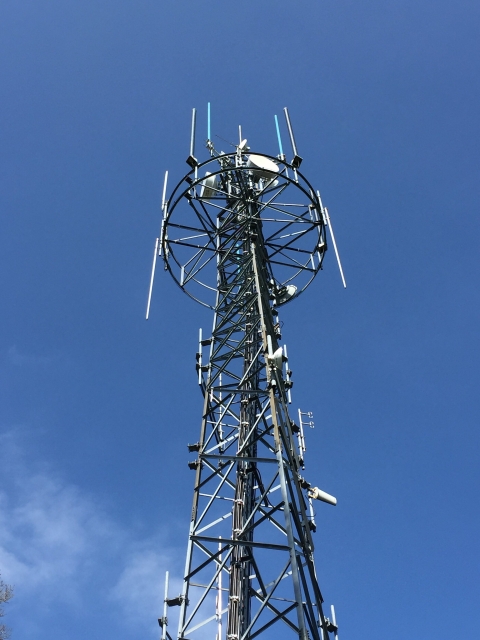Communication towers are important for our cell phones, radios, televisions, and public safety. The Service considers a tower to be any uninhabited structures and equipment that are taller than 20 feet, whether that is on the ground or on a supporting structure structure
Something temporarily or permanently constructed, built, or placed; and constructed of natural or manufactured parts including, but not limited to, a building, shed, cabin, porch, bridge, walkway, stair steps, sign, landing, platform, dock, rack, fence, telecommunication device, antennae, fish cleaning table, satellite dish/mount, or well head.
Learn more about structure , such as the roof of a building. Towers include lattice, monopole, and guyed structures for the purpose of broadcast, common-carrier, and private-carrier communications, as well as microwave dishes, meteorological evaluation towers, and any structure supporting a service licensed or authorized by the Federal Communications Commission.
How do communication towers impact migratory birds?
Each year, more than 6 million birds die due to night-time collisions with communication towers. Most of the birds that collide with towers are night migrating songbirds on their journeys to and from warmer climates for the winter.
Communication towers pose a risk to migratory birds because of potential for collision and acting as a hazardous attractant to birds in-flight or nesting birds. Birds may collide with the tower or support structures, especially guy wires. Tower lighting, particularly steady-burning lights, can create a hazardous attractant, drawing birds towards towers and increasing the risk of collision. Attracted birds may aggregate and circle the tower, ultimately colliding with the tower, guy wires, or other birds. Birds circling towers may also fall to the ground from exhaustion and be hit by vehicles or succumb to other stressors and threats, such as predation by other animals. Birds also nest on tower structures and surrounding vegetation and infrastructure. These nests may be disturbed or destroyed as part of operation and maintenance activities.
Research has determined that the risk to birds increases when towers are:
- Lit with steady-burning lights at night
- Supported by guy wires
- Taller than 450 feet
- Located in areas with high densities of migrating birds flying nearby
- Located along ridgelines, which brings migrating birds closer to tall towers
What can I do to avoid and minimize impacts to birds?
There’s a win-win opportunity for both communication tower owners and birds, and it’s as simple as switching to flashing lights on towers. By eliminating non-flashing lights on towers, we can reduce migratory bird collisions by as much as 70 percent while simultaneously reducing energy costs for tower owners. The Federal Aviation Administration now supports extinguishing side-marker (L-810) lights on towers taller than 350 feet above ground level and reprogramming non-flashing side-markers on towers 150-350 feet above ground level. Towers can save maintenance and energy costs by not using L-810 lights on towers taller than 350 feet above ground level and by using programmable LED lighting systems on towers 150-350 feet above ground level.
Library Documents
If you would like to provide comments on the information presented on this webpage, please contact the USFWS Migratory Bird Program at MigratoryBirds@fws.gov.






